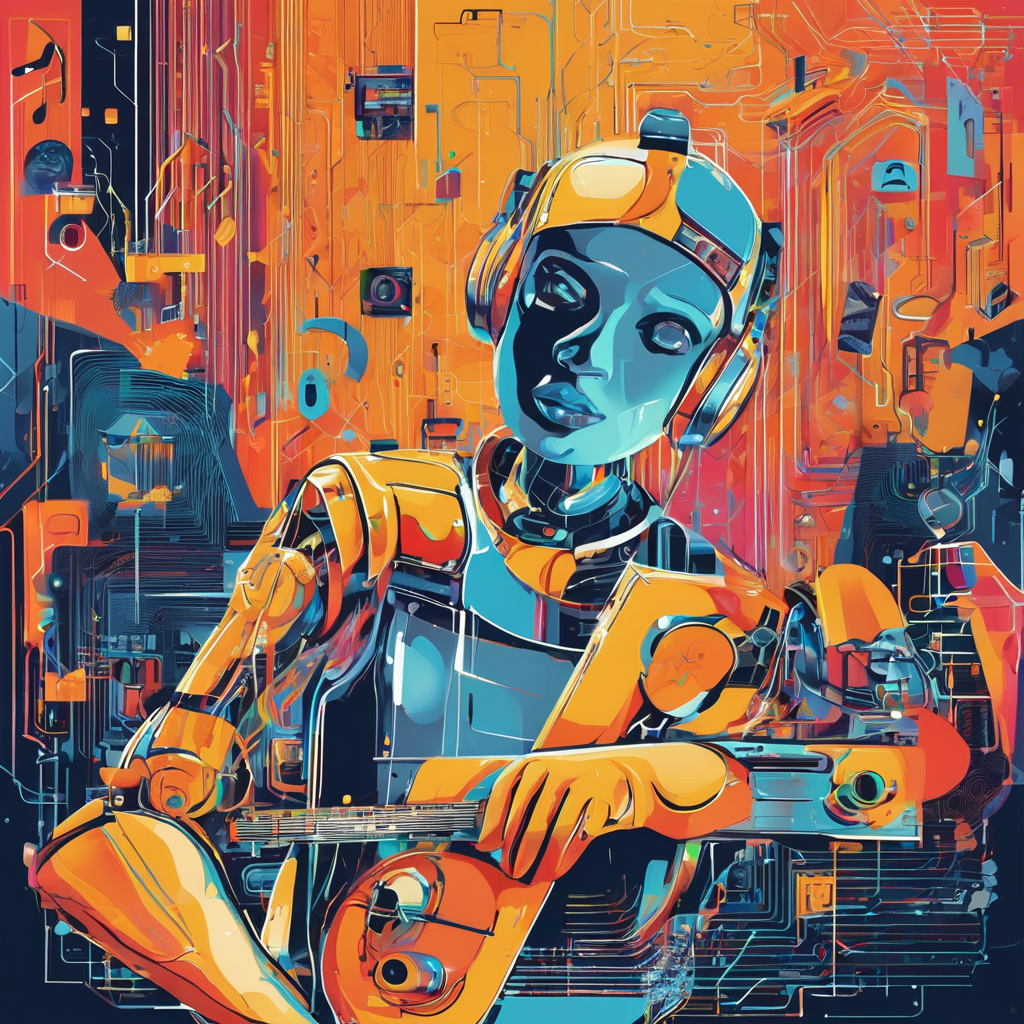Artificial intelligence has rapidly advanced in recent years, with its capabilities expanding beyond mere data processing to more creative tasks like art and music generation. The question on many minds is whether AI can truly be creative, or if its creations are simply imitations of human creativity. In the realm of AI-generated art and music, the boundaries between human and machine creativity are becoming increasingly blurred.
One of the most notable examples of AI creativity is the artwork produced by algorithms like DeepDream and AARON. These programs are capable of generating intricate and visually stunning pieces that rival those created by human artists. AI art has even been featured in galleries and museums, sparking debates about the nature of creativity and the role of AI in the art world.
Similarly, AI-generated music has also gained recognition for its ability to compose melodies and harmonies that evoke emotional responses from listeners. Programs like Amper and Aiva can create original music tracks in various genres, demonstrating a level of musical understanding that challenges traditional notions of creativity.
Despite these advancements, some critics argue that AI-generated art and music lack the depth and soulfulness that are inherent in human creations. They claim that while AI can mimic patterns and styles, it cannot truly understand the emotions and experiences that drive human creativity.
On the other hand, proponents of AI creativity believe that machines have the potential to revolutionize the creative process by offering new perspectives and pushing boundaries. They argue that AI can enhance human creativity by generating novel ideas and serving as collaborative tools for artists and musicians.
The debate over AI creativity raises important questions about the nature of art and music, as well as the evolving relationship between humans and technology. As AI continues to advance, it is essential for society to consider the implications of relying on machines for creative expression and the impact it may have on the future of artistic endeavors.
